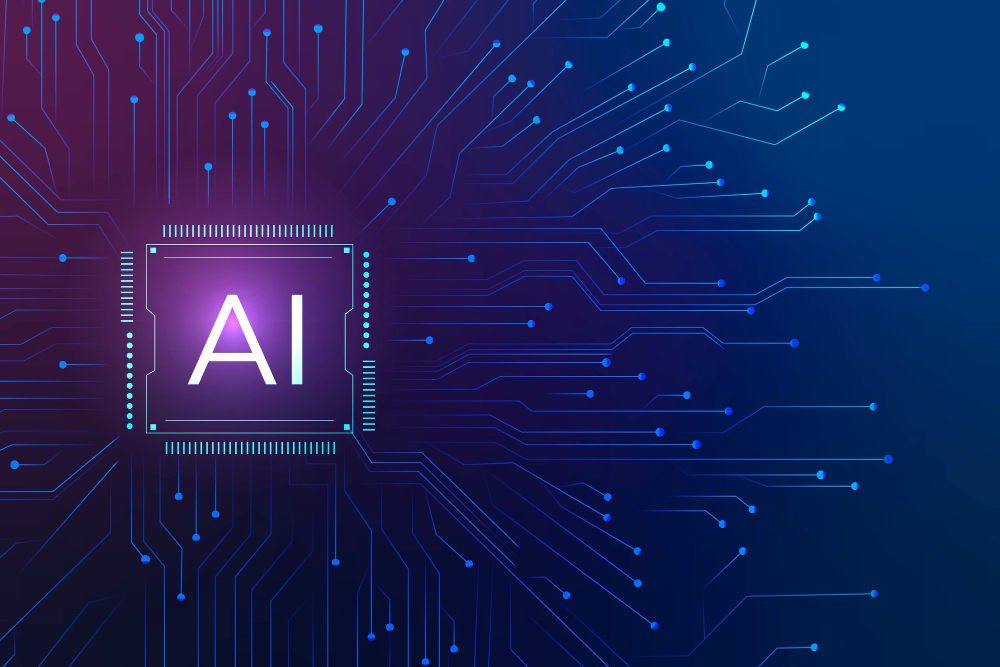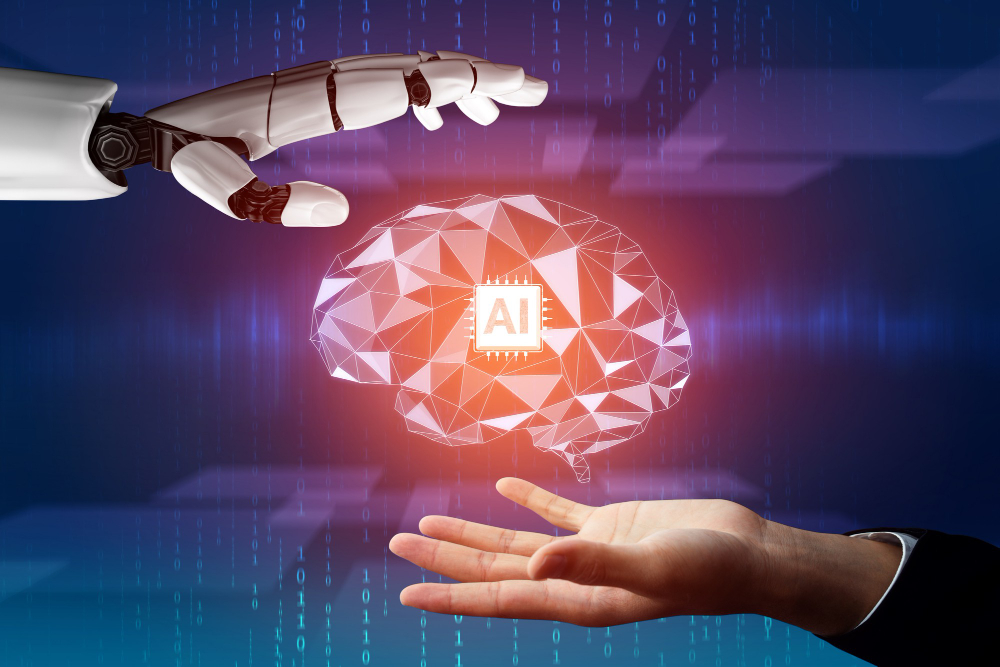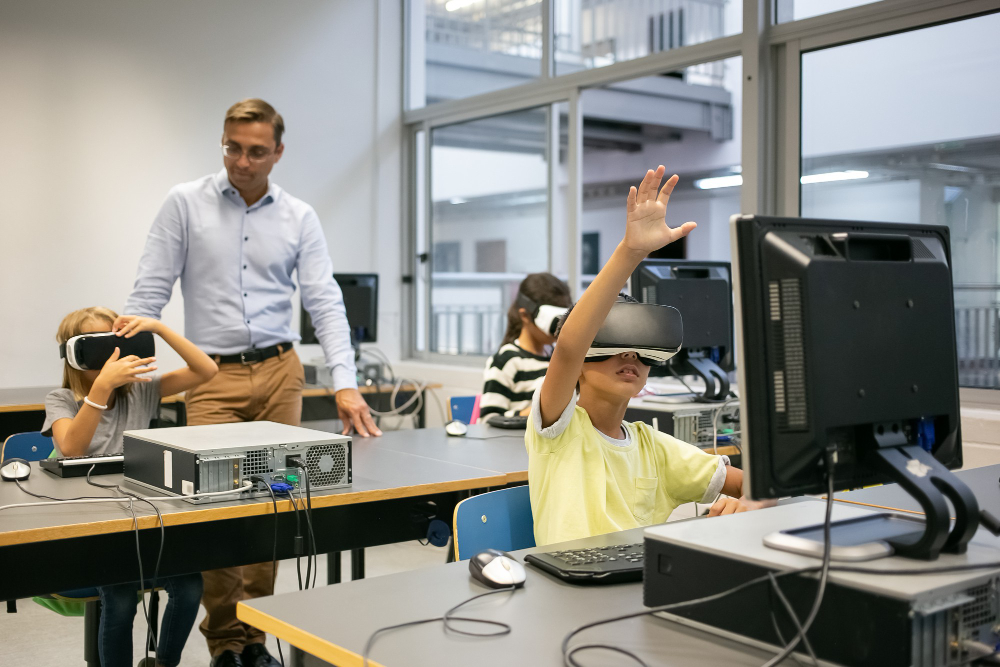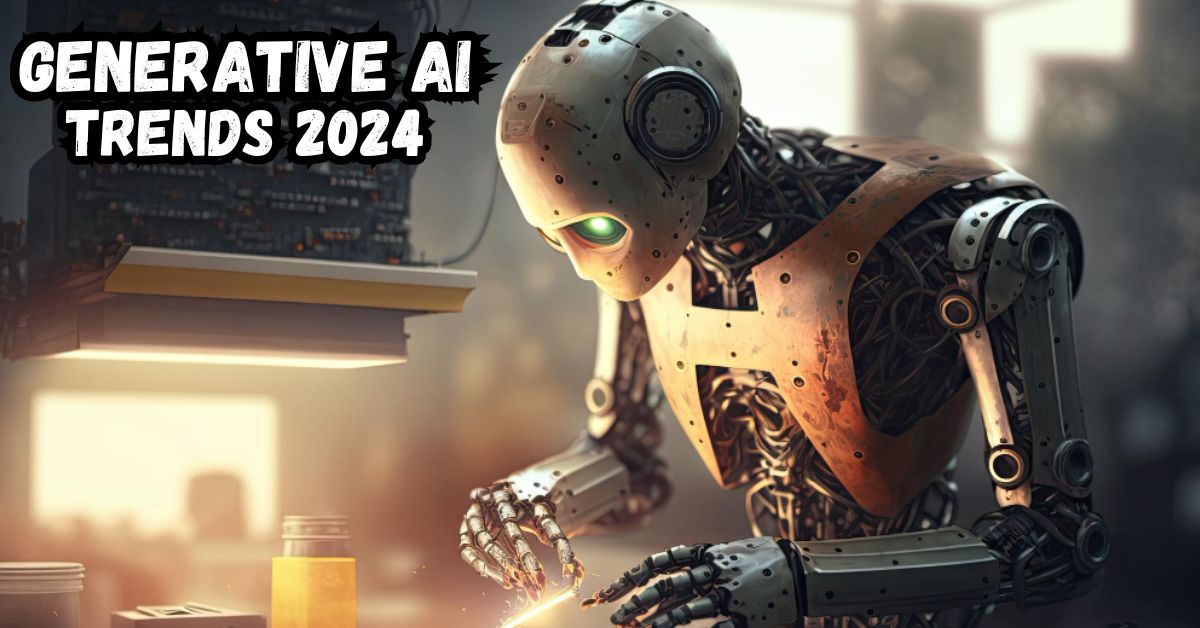With its capacity to produce material that appears to be created by humans, generative AI was the explosive breakout technology trend of 2023, grabbing the attention of both techies and futurists as well as public audiences.

We may anticipate equally game-changing innovation in 2024 as a result of tech titans like Microsoft, Google, and Meta putting their seemingly endless resources into the technology. A very effective technology that will be crucial in democratizing access to AI’s transformational potential is generative AI. And I think it’s important for everyone to be informed of what’s coming so that we can carefully assess how it will affect our lives.
Here is my summary of what I believe will be the main themes, encompassing both emerging technologies and potential social problems.
Applications using generative AI are remarkable because they have been trained on vast datasets. The GPT-4 engine that powers ChatGPT reportedly received training on over a trillion different parameters. Other large language models (LLMs), such as DeepMind’s Gopher and Google’s PaLM2, are trained on trillions of parameters. There are growing rumors that GPT-5 may be approaching, and we should prepare for another significant size increase. Although expanding the dataset isn’t the only approach to make an LLM smarter, it has been demonstrated to be the most effective one so far. Because of this, I anticipate that in 2024, the creation of new generative AI models will go in that direction.
Electoral Interference
Many nations, including the United States, the United Kingdom, and India, will have presidential elections in 2024. I have no doubt that generative AI will be used to distribute false information and sabotage the political system. This is most likely accomplished through the deployment of ever-more convincing deepfakes as well as the mass production and distribution of misinformation using programs like ChatGPT. It goes without saying that politicians and parties will also use it to create customized campaign emails and messaging.
Generative Design
In the design of tangible goods and services, generative AI will likely be quickly embraced as a new technology. A new generation of tools known as “generative design” allows designers to easily enter criteria and accessible resources and receive blueprints and recipes in return. Generative AI technology is being included in design platforms like Autodesk, enabling product designers to quickly create any number of prototypes as digital twins and test them concurrently in order to develop more durable, efficient, or sustainable product designs.

Generative Video
Since video is the preferred media medium for younger audiences, it is not surprising that AI toolmakers have moved quickly to develop solutions that capitalize on this development. The necessity to pay a skilled human expert to produce, collect, or edit footage has historically made creating video content expensive. In 2024, anybody will be able to create professional-looking video material for a small fraction of the cost thanks to generative video technologies.
Generative Audio And Speech
2024 will be the year when AI-generated audio and voice become as commonplace as AI-generated text and pictures have become in 2023, much like with video and design tools. I anticipate that as technology improves at imitating the tones and inflections that make up human voice, the subtle robotic characteristics that are still often audible in all but the most advanced AI-generated speech will start to disappear.
Multi-Modal Models
The majority of generative AI tools, algorithms, and LLMs are experts at replicating just one “mode” of expression, such as language, images, or sounds. However, “multi-modal” generative AI is the current trend. The upcoming version of OpenAI’s ChatGPT will be able to comprehend and interpret visuals in addition to listening to our vocal instructions and responding to them. A model developed by Meta has also been shown to be capable of combining depth, inertial, audio, text, and picture data. Over the coming year, this will become more typical, and it should soon be commonplace to be able to converse with an AI about a photo or a video in the same manner that we already converse with it about text.
Prompt Engineers In High Demand
Prompt developers to “program” generative AI systems by giving them instructions in the language most likely to produce the best outcomes. The need for it is expected to increase in 2024, making it “the hottest new job in tech” in 2023. The position has also been referred to as “AI whispering” since it requires the ability to wring the greatest performance from systems that may oftentimes appear sophisticated, unfathomable, and daunting.
Autonomous Generative AI
A family of generative AI systems that essentially run themselves by continually producing and reacting to cues are referred to as autonomous agents. They are able to do more complex tasks as a result, as opposed to chatbot-style generative agents, who only react to a prompt and then wait for the user to instruct them on what to do next. AutoGPT is one prominent example of an autonomous agent that appeared in 2023. I anticipate that this topic will advance in 2024 as AI researchers continue their search for “generalized” AI that can take on any task we assign it.

Generative AI-Augmented Apps And Services
According to AIM Research, conversational AI will be included in 40% of enterprise applications by 2024. Developers like Microsoft and Adobe are almost scrambling to include chatbots and natural language interfaces into their systems, so we can already see it happening. The well-known social messaging service Snapchat now lets users add a generative AI bot to their contact lists, which they can use to ask questions or just interact with as a virtual buddy. Anyone who sells apps will have chat interfaces in 2024 to increase engagement and client satisfaction.
Generative AI in Schools And Education
During the 20th century, traditionalists resisted the use of electronic calculators in the classroom, believing that students would become unduly reliant on them and unable to do simple calculations without them. In actuality, students were able to do significantly more difficult calculations at younger ages. Then, due to their widespread use, the question of whether humanity could exist without calculators was moot. In 2024, similar talks about how students are using generative AI will occur. Teachers and lecturers will become accustomed to using it in the interim to write lesson plans, reports, notes, and course summaries.




